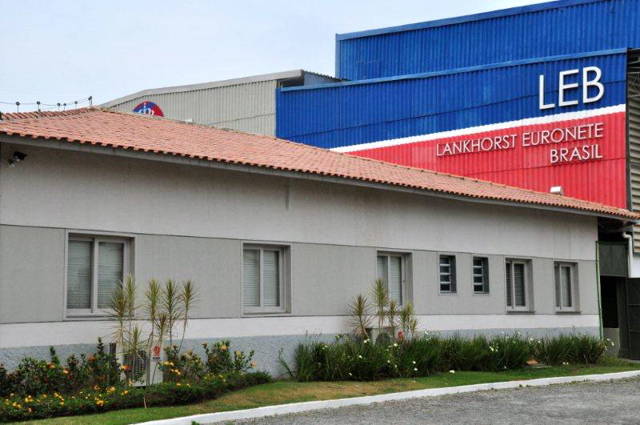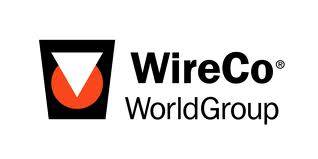ABOUT US
A RICH HISTORY OF ROPEMAKERS
In 1800, Nicolaas Jurjan Lankhorst goes to Sneek as a pharmaceutical apprentice. Three years after, he falls in love with Hendrikje Stam and gets married on the 12th of June 1803. This same year, the Lankhorst family starts the rope making activities.
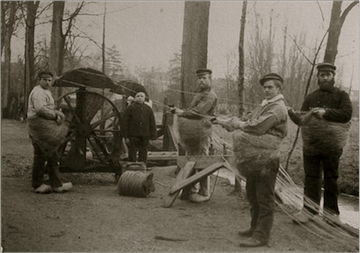
This year, but on western Europe, Euronete Ltd. was created, when seven entrepreneurs took the company for synthetic fibre products in the largely agricultural country of Portugal. With limited capital of approximately €1.000, the company began under the name Cerfil Companhia Industrial de Cerdas Artificiais S.A. in Matosinhos, 5 kilometres north of Porto. Later, Cerfil received necessary permits to produce rope and yarn, as well as to produce fishing nets, starting the production in a new factory in Maia. On the same place, Euronete concentrated on the manufacture of fishing nets from polyamide and HPPE monofilament synthetic yarns.
Lankhorst started to produce orange synthetic yarns for water sports and the fishing industry.
Lankhorst started extrusion of polyethylene and polypropylene

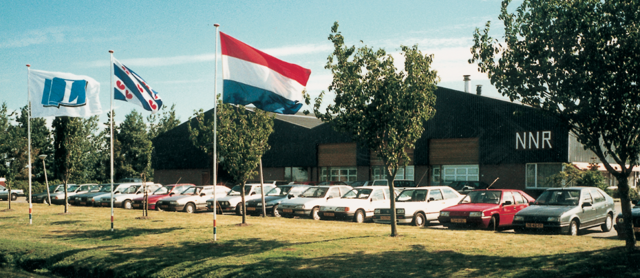
Lankhorst Sneek and Euronete are named Lankhorst Euronete Group BV
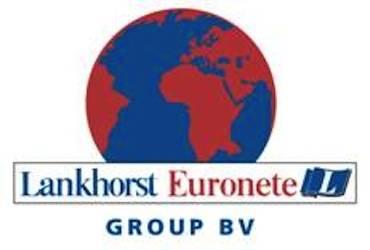



industrial unit in Rio de Janeiro – Brazil. This new industrial unit will be used for production of deep water mooring ropes for the oil & gas platforms, production of maritime ropes for the local market and - at a later stage - also for production of buoyancy materials for the oil & gas industry.
